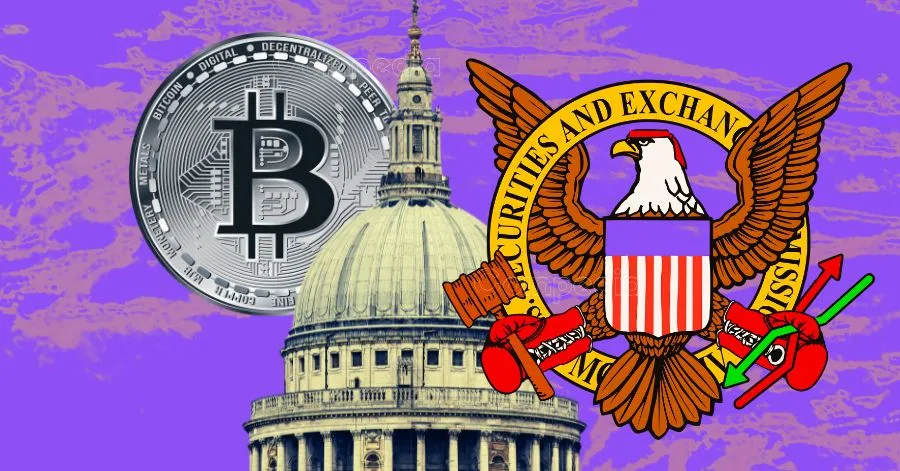
US-based Bitcoin exchange-traded funds (ETFs) experienced their largest single-day net inflow in nearly two months. As per the data, this is the highest daily inflow since January 30, when the funds attracted $588.1 million shortly after Bitcoin price reached its all-time high.
ARK and Fidelity funds show strong Bitcoin ETF performance
The strong inflow on April 21 saw $381.3 million entering the funds. It was widely distributed across multiple ETF providers, with ARK 21Shares Bitcoin ETF (ARKB) capturing the largest share at $116.1 million. Fidelity Wise Origin Bitcoin Fund (FBTC) followed with the second-highest inflow at $87.6 million. The data comes as Bitcoin price has reclaimed the $88,000 level.

Grayscale, which had previously experienced substantial outflows after converting its Bitcoin trust to an ETF, showed signs of stabilization with its Bitcoin Trust (GBTC) and Bitcoin Mini Trust ETF (BTC) recording combined inflows of $69.1 million.
BlackRock’s iShares Bitcoin Trust ETF (IBIT), which maintains the largest assets under management among the Bitcoin ETFs, attracted $41.6 million, approximately half of what it had received before the weekend trading break on April 17. Other funds including HODL and EZBC also contributed to the day’s positive performance with inflows of $11.7 million and $10.1 million respectively. The positive ETF inflow comes amidst the expectation of the first ever XRP ETF going live.
United States experience continued crypto outflow
While US Bitcoin ETFs saw strong performance on April 21, overall digital asset investment data for the week shows notable geographic variations in investor behavior. According to CoinShares’ weekly report, the overall digital asset investment sector showed modest total inflows of $6 million for the week.
The United States continued to experience net outflows totaling $71 million for the week despite the strong single-day performance on April 21. This suggests that the substantial inflow day was an exception to the generally cautious US investor stance.

In contrast, European markets displayed more positive sentiment toward digital asset investments. Switzerland led with inflows of $43.7 million, followed by Germany with $22.3 million. Canada also contributed positively with $9.4 million in net inflows during the same period.
The CoinShares report highlighted that broader market sentiment fluctuated throughout the week, with stronger-than-expected US retail sales figures that caused significant outflows of $146 million mid-week.
Bitcoin products specifically ended the week with minor outflows of $6 million despite the substantial daily inflow seen in the ETF data. Additionally, short Bitcoin investment products recorded outflows of $1.2 million which was their seventh consecutive week of outflows. These products have now seen investors withdraw approximately 40% of their total assets under management over this period.
The post US Bitcoin ETF Records Highest Inflow of $381M in 58 Days appeared first on CoinGape.








